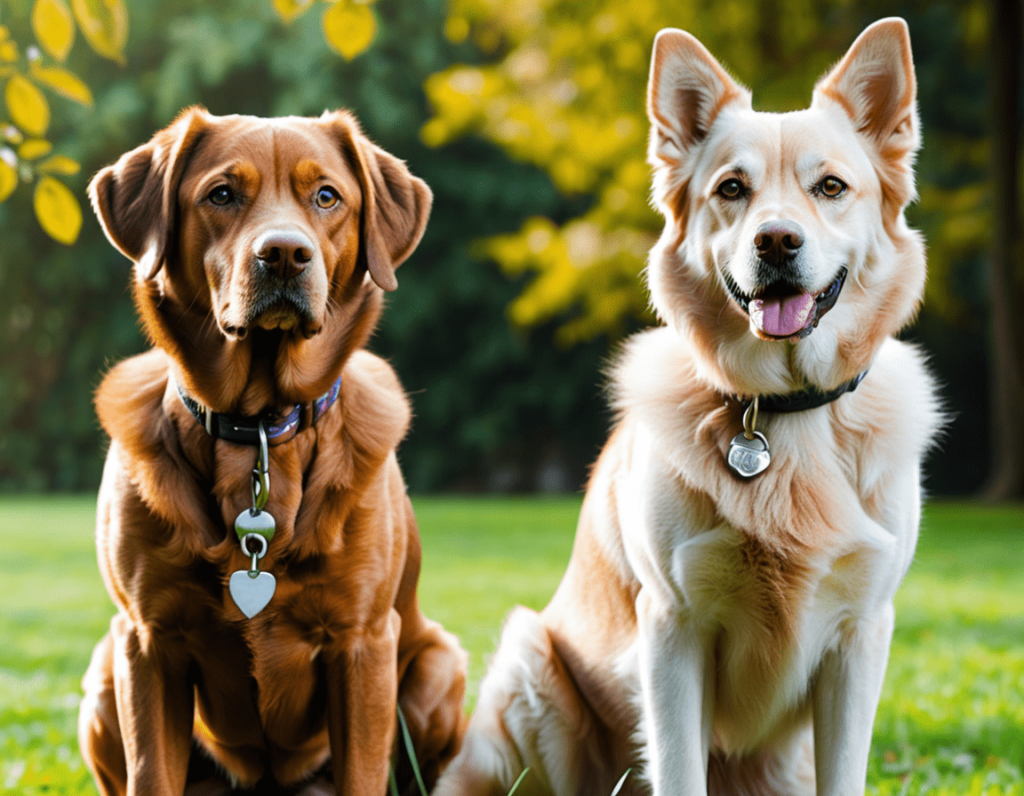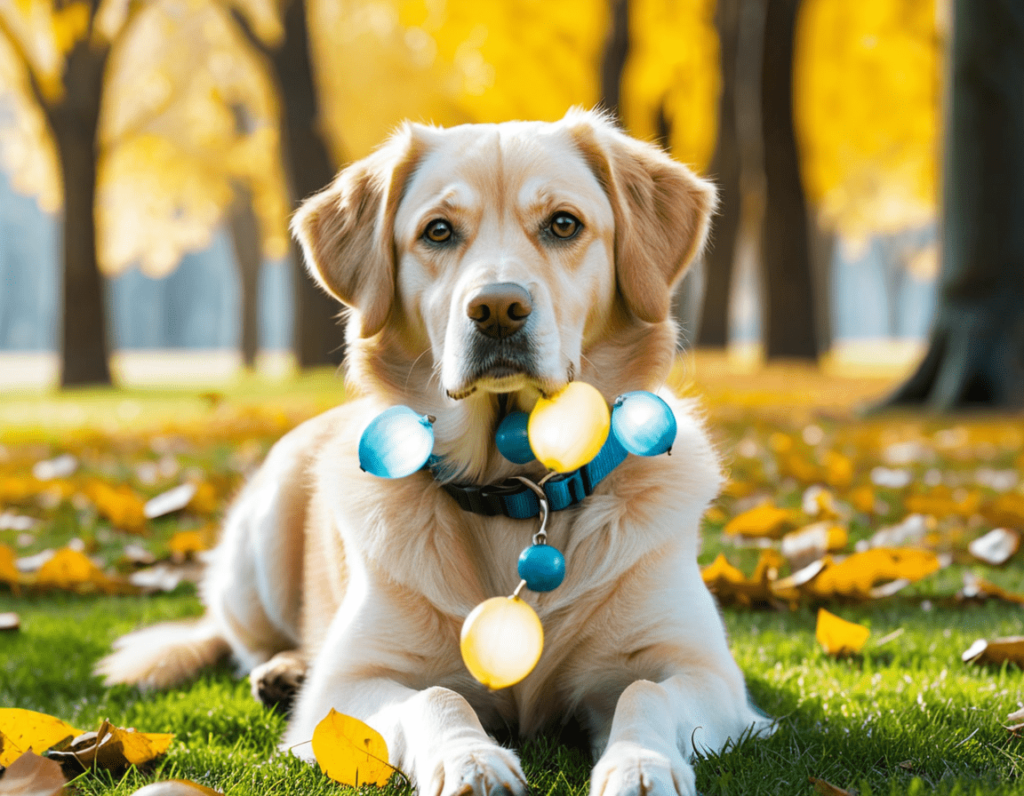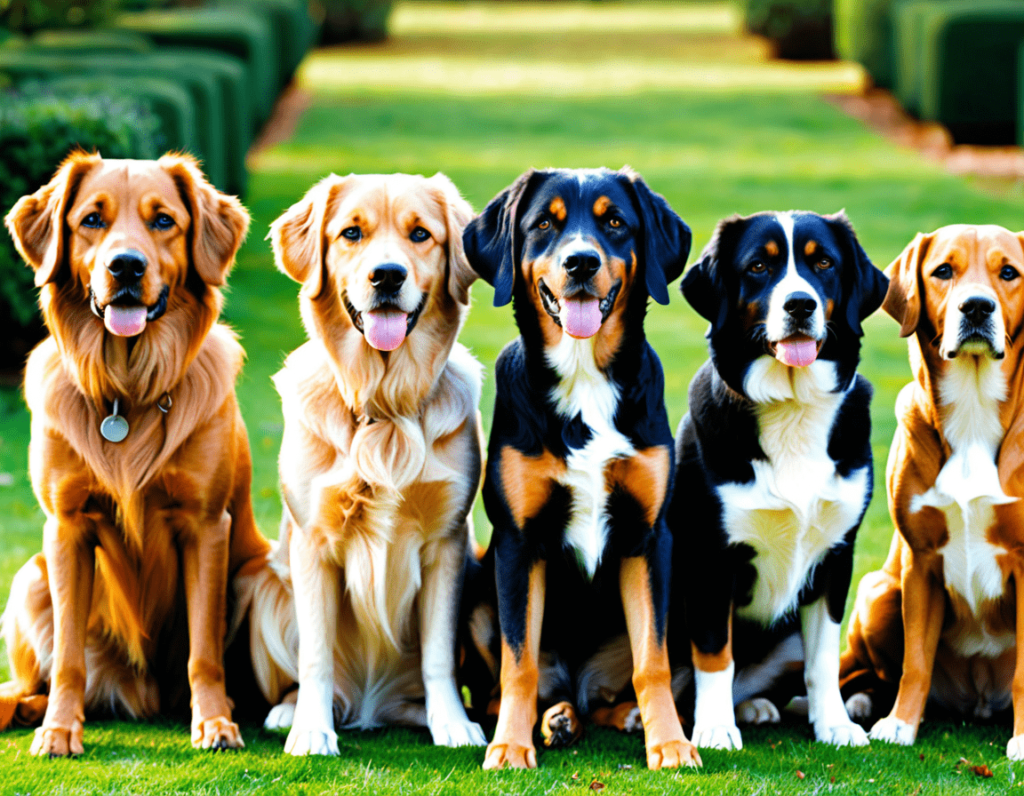How to Choose the Right Dog Breed

Choosing the right dog breed can feel like picking a Netflix series to binge-watch—there are just so many options, and you want to make the right choice! Dogs come in all shapes, sizes, and personalities, so it’s essential to find a breed that fits your lifestyle. Here’s a straightforward guide to help you navigate the world of dog breeds and find your new best friend!
1. Assess Your Lifestyle
Before diving into the world of dog breeds, take a good look at your lifestyle. Do you live in a small apartment, or do you have a sprawling backyard? Are you a couch potato or an outdoor enthusiast?
Active Lifestyles: If you love hiking or running, consider an energetic breed like a Labrador Retriever or a Border Collie.
Laid-back Lifestyles: If lounging on the couch with a movie is more your style, a Bulldog or a Basset Hound might be a perfect fit.
Funny Thought: Remember, you don’t want a dog that thinks a 15-minute walk is an ultramarathon!
2. Consider Size
Dog breeds come in various sizes, and it’s important to choose one that fits your living situation.
Small Dogs: Breeds like Chihuahuas or Pugs are great for apartment living but can have big personalities!
Medium Dogs: Beagles and Cocker Spaniels are perfect for families with enough space to roam.
Large Dogs: If you have a big yard and a lot of space, consider a Golden Retriever or a German Shepherd.
Humorous Insight: Just remember: a Great Dane may look like a gentle giant, but they might also think your lap is a great place to sit!
3. Energy Levels Matter
Every dog has its own energy level, and matching that to your lifestyle is crucial.
High-Energy Breeds: Dogs like Australian Shepherds or Jack Russell Terriers are full of life and require plenty of exercise and mental stimulation.
Low-Energy Breeds: Breeds like Shih Tzus or Cavalier King Charles Spaniels enjoy a more relaxed pace.
Witty Reminder: If you prefer to spend weekends binge-watching shows, don’t adopt a breed that treats every walk like a race to the finish line!
4. Grooming Needs
Different breeds have different grooming needs. Some require regular grooming sessions, while others are relatively low-maintenance.
High Grooming Needs: Poodles and Maltese require regular grooming to keep their coats looking nice.
Low Grooming Needs: Breeds like Beagles and Boxers have short coats and require minimal grooming.
Funny Perspective: If you’re not ready to commit to weekly hair appointments, maybe skip the fluffier breeds—unless you enjoy finding dog hair in your dinner!

5. Temperament and Behavior
Understanding a dog’s temperament is essential when choosing a breed. Some dogs are more affectionate and family-orientated, while others can be a bit more independent.
Family-Friendly Breeds: Labrador Retrievers and Golden Retrievers are known for their friendly and tolerant nature.
Independent Breeds: Basenjis or Shiba Inus tend to have a mind of their own and may not be as eager to please.
Humorous Thought: If you want a dog that’s always up for snuggles, steer clear of the breeds known for their “I’ll love you from a distance” approach!
6. Research Breed Characteristics
Take the time to research different breeds and their characteristics. Look into their health issues, exercise requirements, and typical lifespan. Understanding what you’re getting into will help you make a well-informed decision.
Breed-Specific Health Issues: Some breeds are prone to certain health conditions. For example, bulldogs often have breathing problems, while larger breeds may experience joint issues.
Witty Insight: You wouldn’t buy a car without checking its history, so don’t adopt a dog without knowing a bit about its background!
7. Consider Adoption
Finally, don’t forget that many wonderful mixed-breed dogs are waiting for homes in shelters. Mixed breeds can offer the best of both worlds and often come with unique personalities.
Adoption Benefits: Adopting a dog saves a life and can be less expensive than buying a purebred.
Funny Note: Plus, when people ask what breed your dog is, you can respond with “one of a kind” and leave them guessing!
8. Consider Your Family Dynamics
When selecting a dog breed, it’s essential to think about your family dynamics. Are there young children, elderly family members, or other pets in the home? Different breeds have different tolerances and energy levels when it comes to interacting with humans and other animals.
Family-Friendly Breeds: Breeds like Beagles, Boxers, and Labradors tend to be very good with kids and are known for their playful nature.
Cautious with Small Children: Breeds like Chihuahuas or some terriers might not be the best choice for homes with very young kids, as they can be easily startled.
Humorous Perspective: You wouldn’t want to bring home a dog that treats your toddler like a chew toy during playtime, right?

9. Training Needs and Intelligence
Some breeds are easier to train than others due to their intelligence and eagerness to please. If you’re a first-time dog owner, consider a breed known for being trainable.
Eager to Please: Golden Retrievers and Poodles are often at the top of the training list because they’re smart and willing to learn.
Independent Thinkers: Breeds like the Afghan Hound or Basenji can be quite stubborn, which might challenge novice owners.
Witty Insight: If your idea of training is getting your dog to sit on command rather than debating philosophy, stick with the more trainable breeds!
10. Health Considerations
Every dog breed has potential health issues that can affect their quality of life. Research the common health concerns associated with specific breeds, as this can save you from future veterinary bills and emotional distress.
Genetic Predispositions: For example, larger breeds may have hip dysplasia, while some smaller breeds are more prone to dental issues.
Lifespan: Consider the typical lifespan of the breed. Some breeds live longer than others, affecting your long-term commitment.
Humorous Note: If you don’t want to be in and out of the vet’s office like it’s a trendy café, look into the health stats of your potential pooch!
11. Long-Term Commitment
Bringing a dog into your home is a long-term commitment, often spanning 10 to 15 years (or more!). Ensure you’re ready for the responsibilities of dog ownership, including grooming, feeding, exercise, and health care.
Time and Attention: Dogs require love, attention, and social interaction. If your schedule is packed, consider how much time you can realistically dedicate to your furry friend.
Financial Responsibility: Remember to factor in the costs associated with dog ownership, including food, grooming, vet bills, and training.
Witty Reminder: If you’re not ready for a long-term relationship, maybe it’s best to stick to plants—unless you want a pup that’s more demanding than your last relationship!
12. Meet and Greet
Once you have narrowed down your options, take the time to meet different breeds. Visit shelters, breeders, or pet stores to interact with dogs of various breeds. Observing their behaviour and temperament in person can give you a clearer idea of what to expect.
Ask Questions: Don’t hesitate to ask breeders or shelter staff about the dog’s personality and needs. They can provide valuable insights.
Foster or Volunteer: Consider fostering a dog or volunteering at a shelter to get a feel for different breeds before making a commitment.
Funny Thought: It’s like dating—you want to find out if your potential partner enjoys long walks or is more of a “snuggle on the couch” kind of dog!

How to Choose the Right Dog Breed FAQs:
1. What factors should I consider when choosing a dog breed?
Answer: Consider your lifestyle, living situation, energy levels, grooming needs, and family dynamics. Think about how much time you can dedicate to training and exercise, as well as any allergies or specific needs within your household.
2. How do I know if a dog breed is suitable for my family?
Answer: Research the breed’s temperament and behaviour traits. Breeds like Labradors and Golden Retrievers are known for being family-friendly, while some small breeds may not be as tolerant of young children. Meeting dogs in person can also help you gauge compatibility.
3. Should I get a purebred or a mixed breed?
Answer: Both purebreds and mixed breeds have their advantages. Purebreds often have predictable traits and behaviours, while mixed breeds can be healthier and more unique. Consider adopting from a shelter, as many wonderful mixed-breed dogs are looking for homes.
4. What are the grooming needs of different dog breeds?
Answer: Grooming needs vary by breed. Long-haired dogs, like Poodles, require regular grooming to prevent mats, while short-haired breeds, such as Beagles, need less maintenance. Research specific breeds to understand their grooming requirements.
5. How much exercise does a dog breed typically need?
Answer: Energy levels differ among breeds. High-energy dogs, like Border Collies, need plenty of exercise and mental stimulation, while low-energy breeds, like Bulldogs, are more laid-back. Match a breed’s exercise needs with your lifestyle for the best fit.
6. Are certain breeds better for first-time dog owners?
Answer: Yes! Breeds that are known for being trainable, gentle, and adaptable are often recommended for first-time owners. Breeds like golden retrievers, beagles, and cocker spanies can be great choices.
7. How can I ensure I’m choosing a healthy dog breed?
Answer: Research common health issues associated with specific breeds. Look for reputable breeders or rescue organisations that prioritise health testing. Regular vet check-ups and a healthy diet also contribute to your dog’s well-being.
8. What should I do if I’m unsure about which breed to choose?
Answer: Consider fostering a dog or volunteering at a shelter to gain experience with different breeds. This can help you understand their personalities and care needs before making a long-term commitment.
9. How can I prepare my home for a new dog?
Answer: Puppy-proof your home by removing hazards such as toxic plants, small objects, and cords. Create a designated space for your dog with a bed, toys, and food/water bowls. Ensure your yard is secure if you have one.
10. Is it important to train my dog, regardless of breed?
Answer: Absolutely! Training is essential for all dogs, regardless of breed. It helps build a strong bond between you and your dog, encourages good behaviour, and ensures your dog is well-adjusted and safe in various situations.


